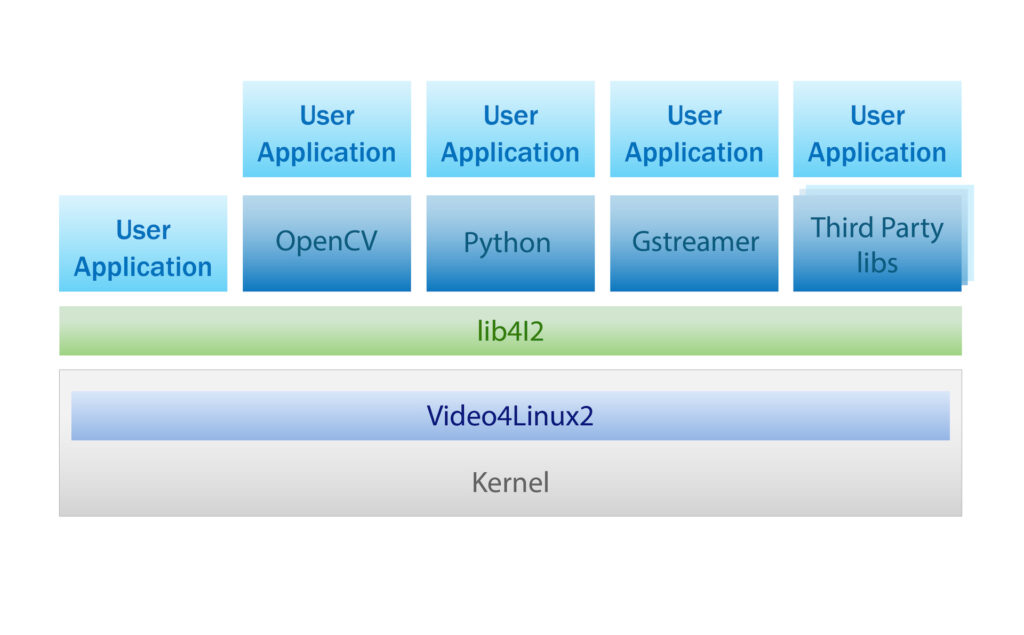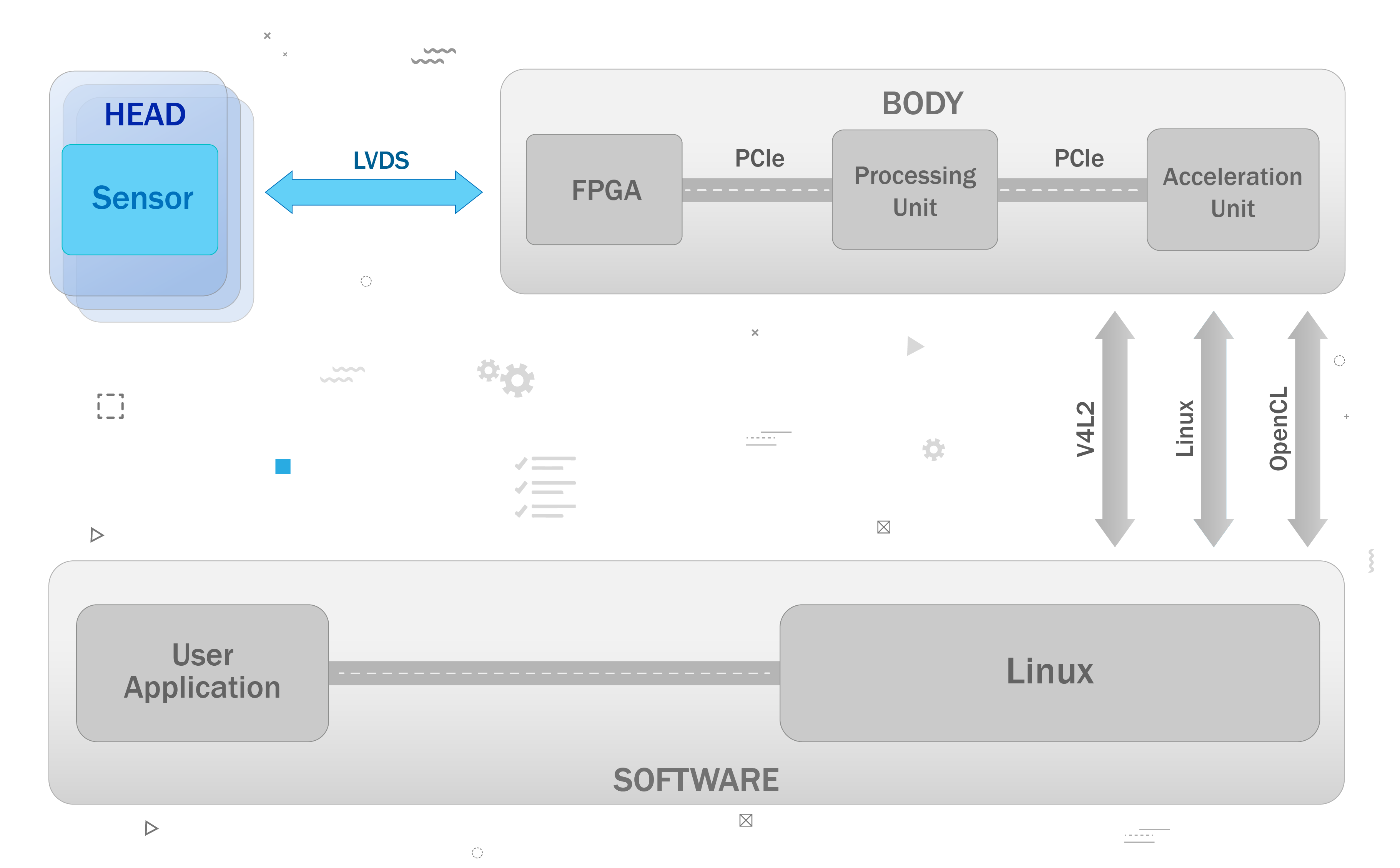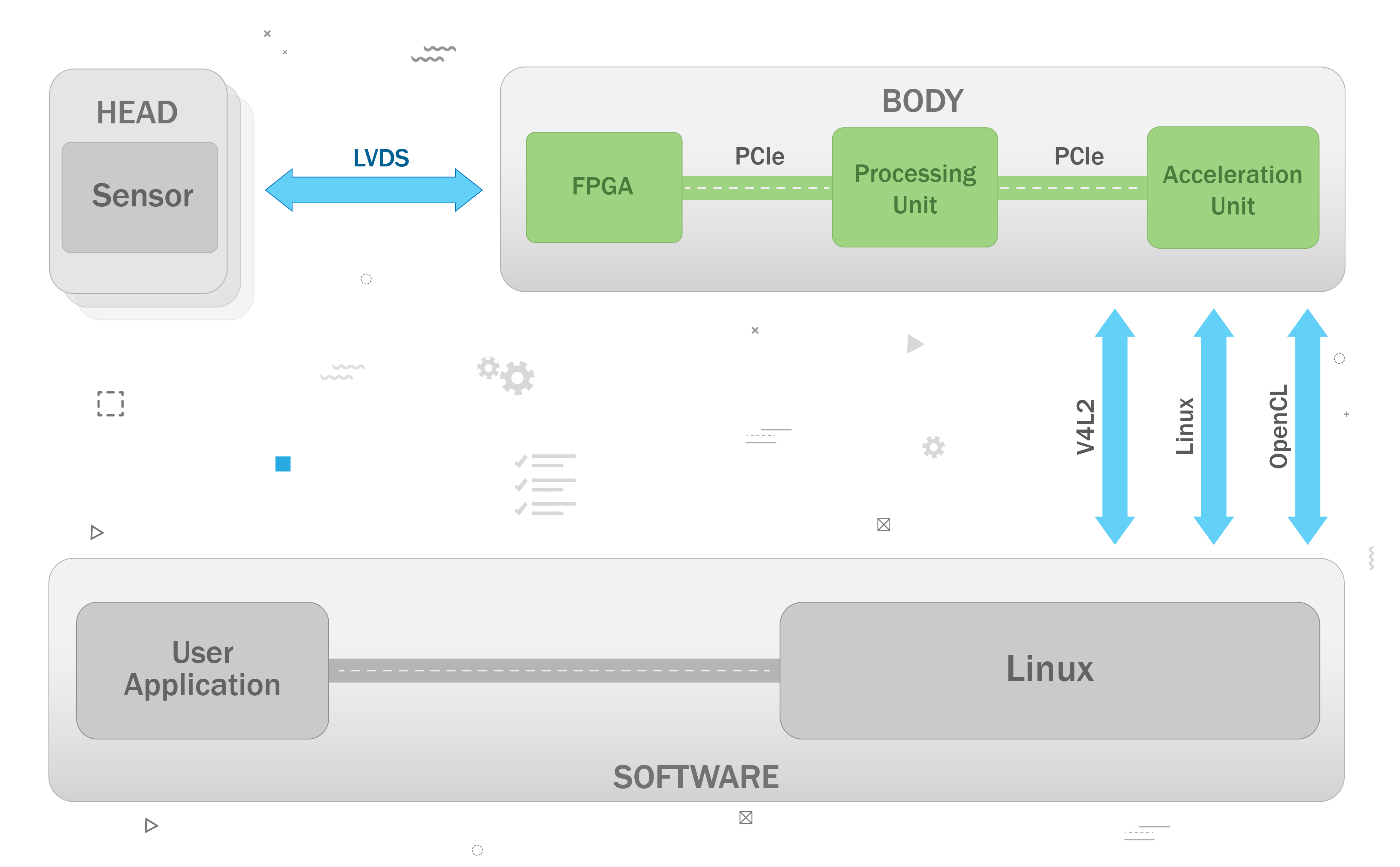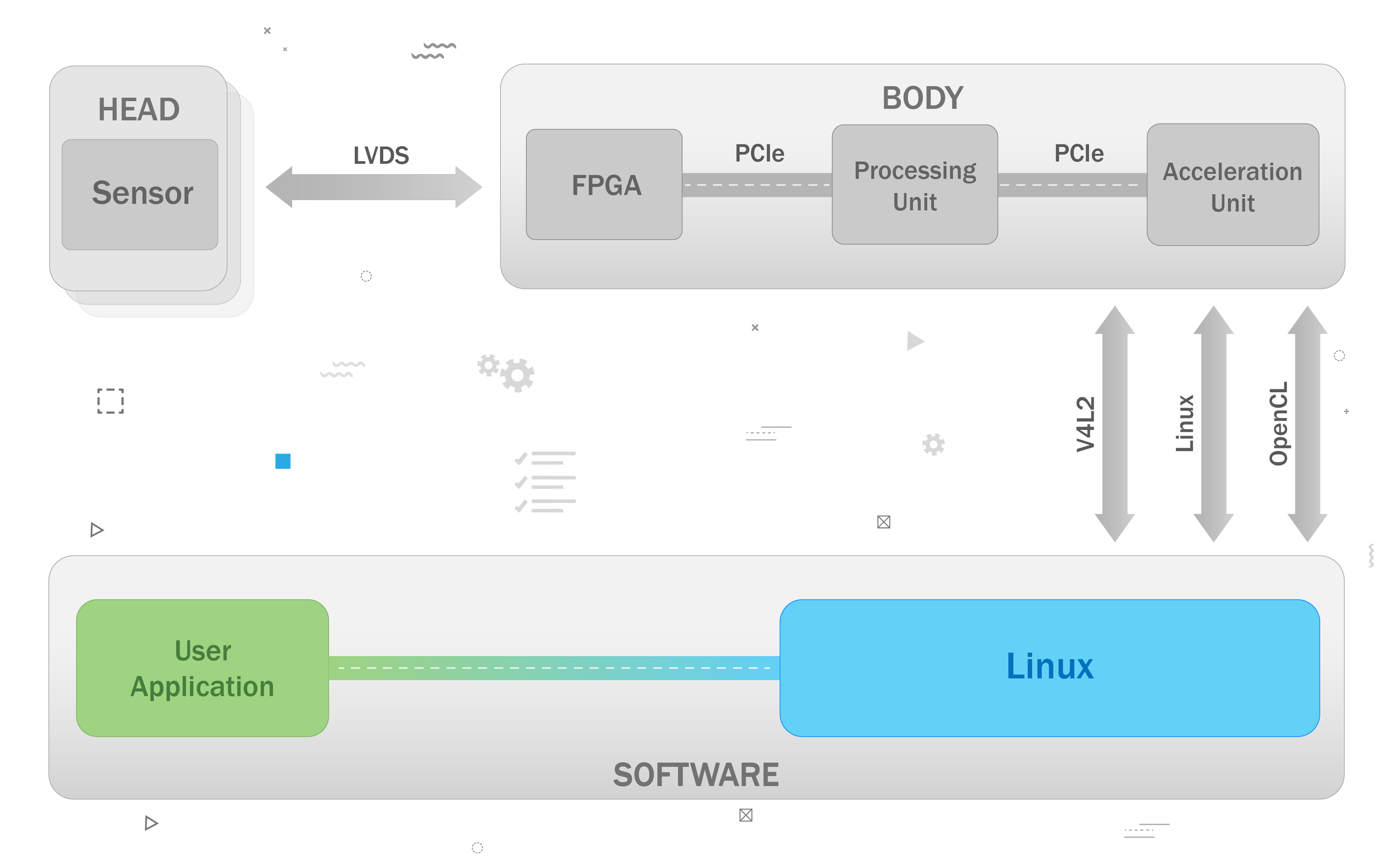Embedded industrial camera technologies
Linux based open source cameras designs
Trusted camera provider for



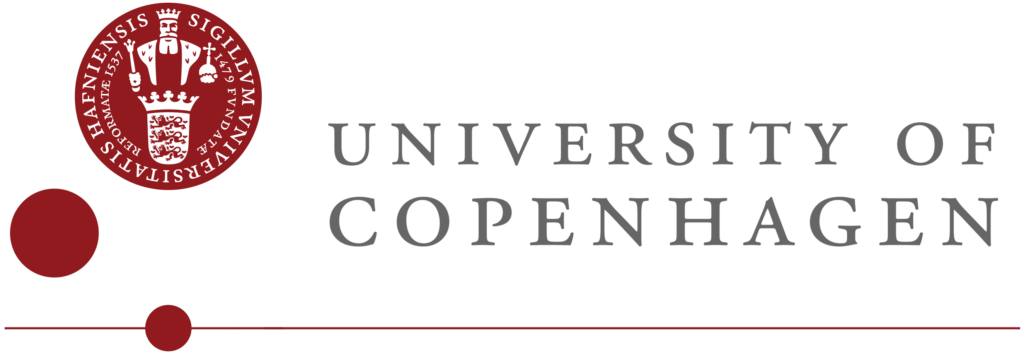
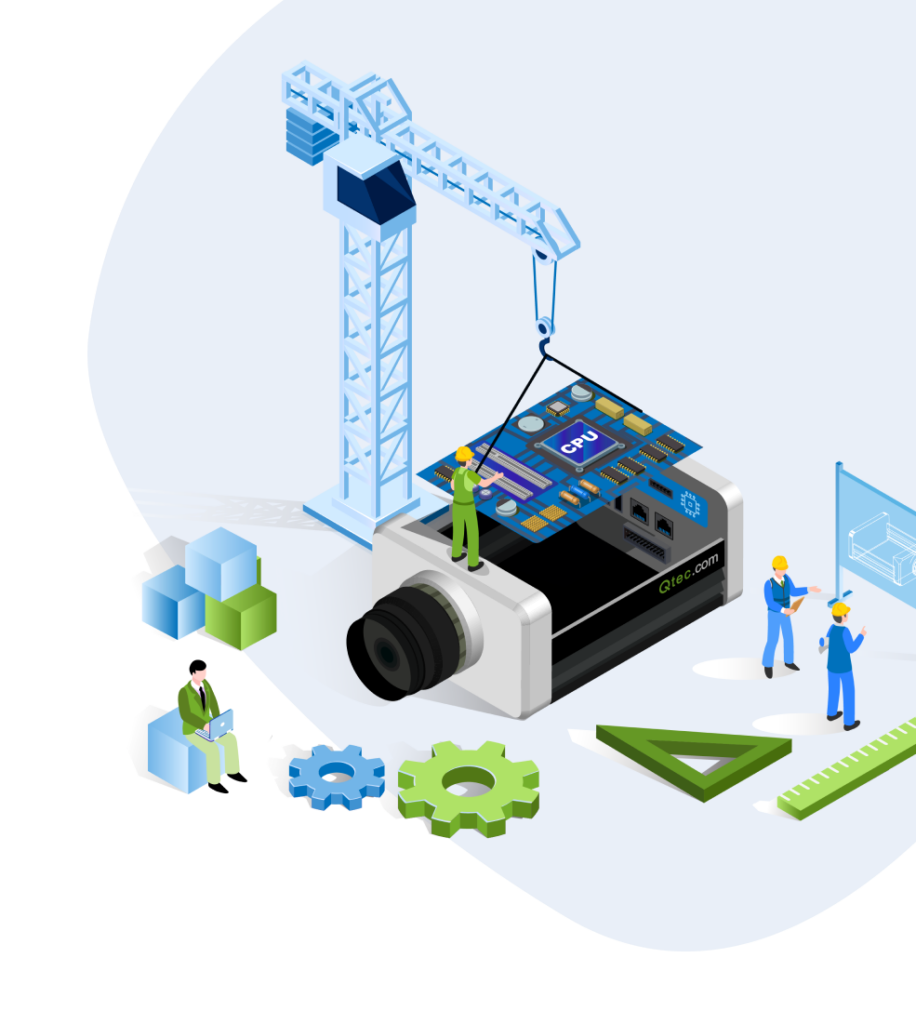
Our embedded camera platforms
The cameras are modular by nature and can be tailored to fit client-specific needs
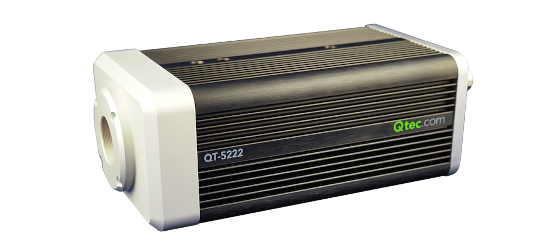
qtec C-Series
APU
AMD Ryzen Embedded V1605B w/ Radeon Vega 8 Graphics V1605B
qtecOS
GNU/Linux (OpenEmbedded/Yocto)
I/O
CFast, ETH (x2), USB 2.0 (x3), Mini DP, WiFi, Trigger, Flash & GPIO
From € 3.200*
See datasheet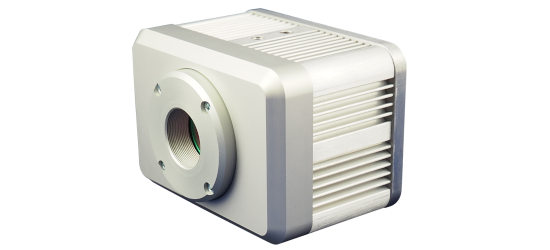
qtec T-Series
APU
Qualcomm Snapdragon 820
qtecOS
GNU/Linux (OpenEmbedded/Yocto)
I/O
Flash, ETH, USB 3.0, USB 2.0, Micro HDMI, WiFi, Trigger, Flash & GPIO
From € 1.500*
See datasheet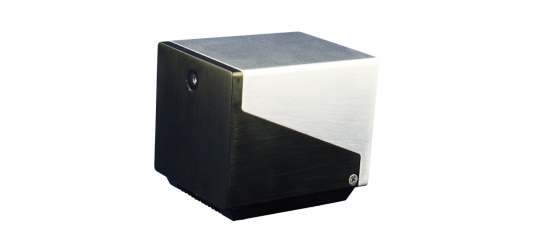
qtec M-Series
APU
Qualcomm Snapdragon 820
qtecOS
GNU/Linux (OpenEmbedded/Yocto)
I/O
Flash, ETH, USB 3.0, USB 2.0, Micro HDMI, WiFi, Trigger, Flash & GPIO
From € 1.300*
See datasheet*The prices above are indicative and subject to change depending on sensor choice and modification needs.
Modular camera architecture
Artificial Intelligence
Neural Network powered cameras
Large variations in environment and/or products can sometimes make it difficult to extract meaningful patterns from images.
Some tasks require analysing very large amounts of data, or contain complex features which are difficult to identify. For cases where traditional image processing falls short, we can exploit neural networks. Common applications include advanced classification, detection, tracking or segmentation.
Qtechnology houses state-of-the-art computing facilities for designing and training the right neural network architecture, ready for deployment on our cameras.
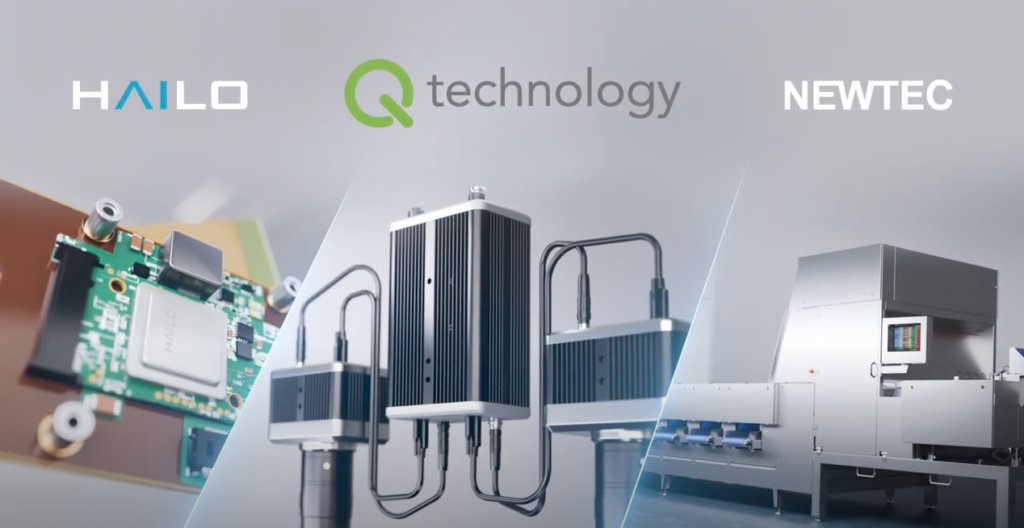
Technology
Advanced embedded camera technologies
With a modular camera designed for easy adoption to different sensors, we can implement specific sensor mechanics, lens mounts, lighting, and more, in a customised camera head that can easily be mounted on our camera bodies.
Cameras can be customised based on client-specific needs regarding mechanics, sensors, housing, working environment, etc. This includes tailored head configurations such as angled sensors, special optical mounts, filters, and built-in LED light.
We are also able to provide specific software interfaces, protocols, processing algorithms, pipelines, etc.
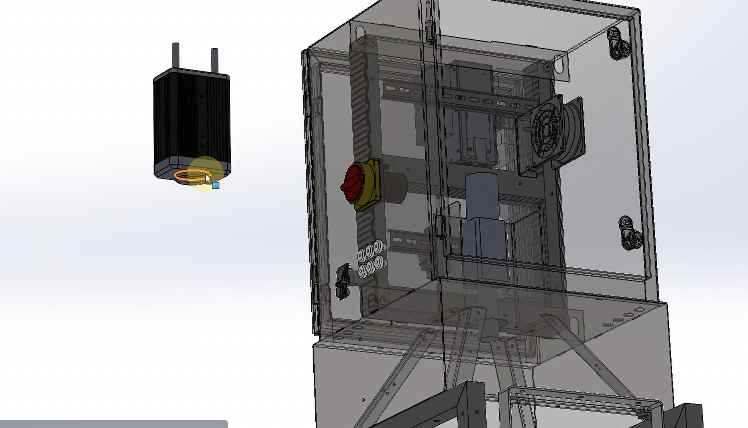
Optical fields
See beyond the visible with Qtechnology cameras with imaging technology for different optical fields
Camera configurations
V4L2 API Controls
Qtechnology cameras are easily configured through the web interface and images can be checked and downloaded through a standard web browser, without installation of any special programs or drivers.
Through the web interface, it is possible to control all the camera features such as image formats, image size, regions of interest, frame rate, exposure time, triggers, gain, etc. These features are controlled through V4L2 API controls, which are also available controls from user applications.
Other special features built into the web interface are auto white balancing, focus adjustment measures, histograms, sensor calibration, etc.
All configurations can be saved and restored for use in user applications or for setting up other cameras.
Cameras can be customised to your needs, if it’s different sensors, mechanics, environment, etc. We are also able to supply specific software interfaces, protocols, processing algorithms, pipelines, etc.
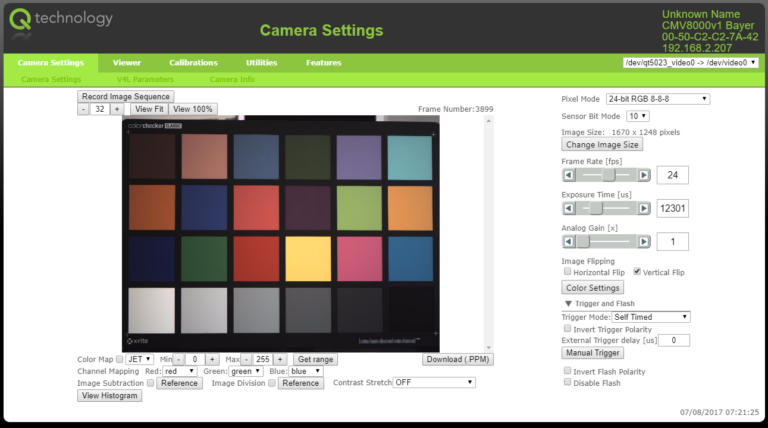
Application
Software stack & hardware acceleration
There are multiple ways of developing your application. Qtechnology’s industrial cameras give you complete freedom to choose the software stack that solves your computer vision problem. There is no need to build your applications on top of a proprietary library or application.
All the interaction with the camera and the FPGA is done through the standard Video4Linux API. This includes not only the different format converters but also the programming of the advanced components such as the LUT, camera calibration or Illumination Correction.
The access to the hardware acceleration is also done with a standard API, in this case, OpenCL, allowing your application to be ported seamlessly on all the different Qtechnology cameras, even on different architectures.
Nevertheless, we also support other parallel computing platforms such as CUDA on our NVIDIA-based industrial cameras.
